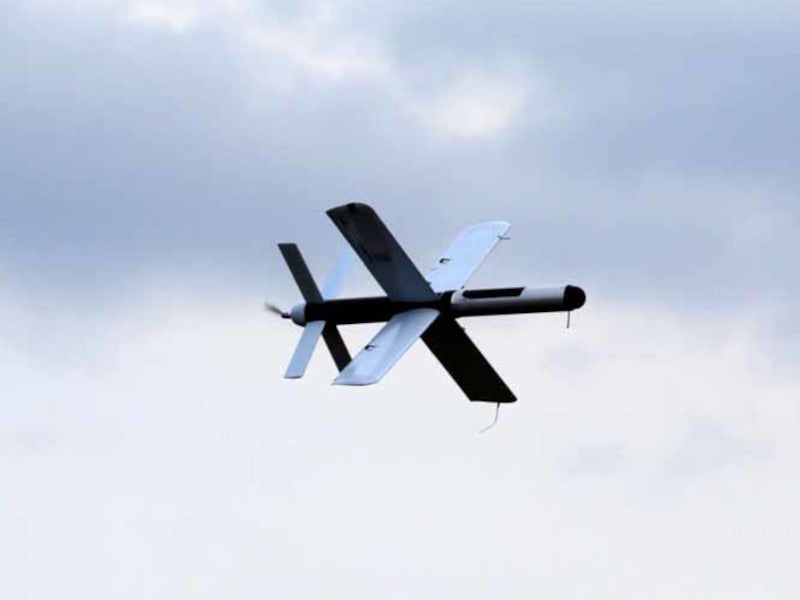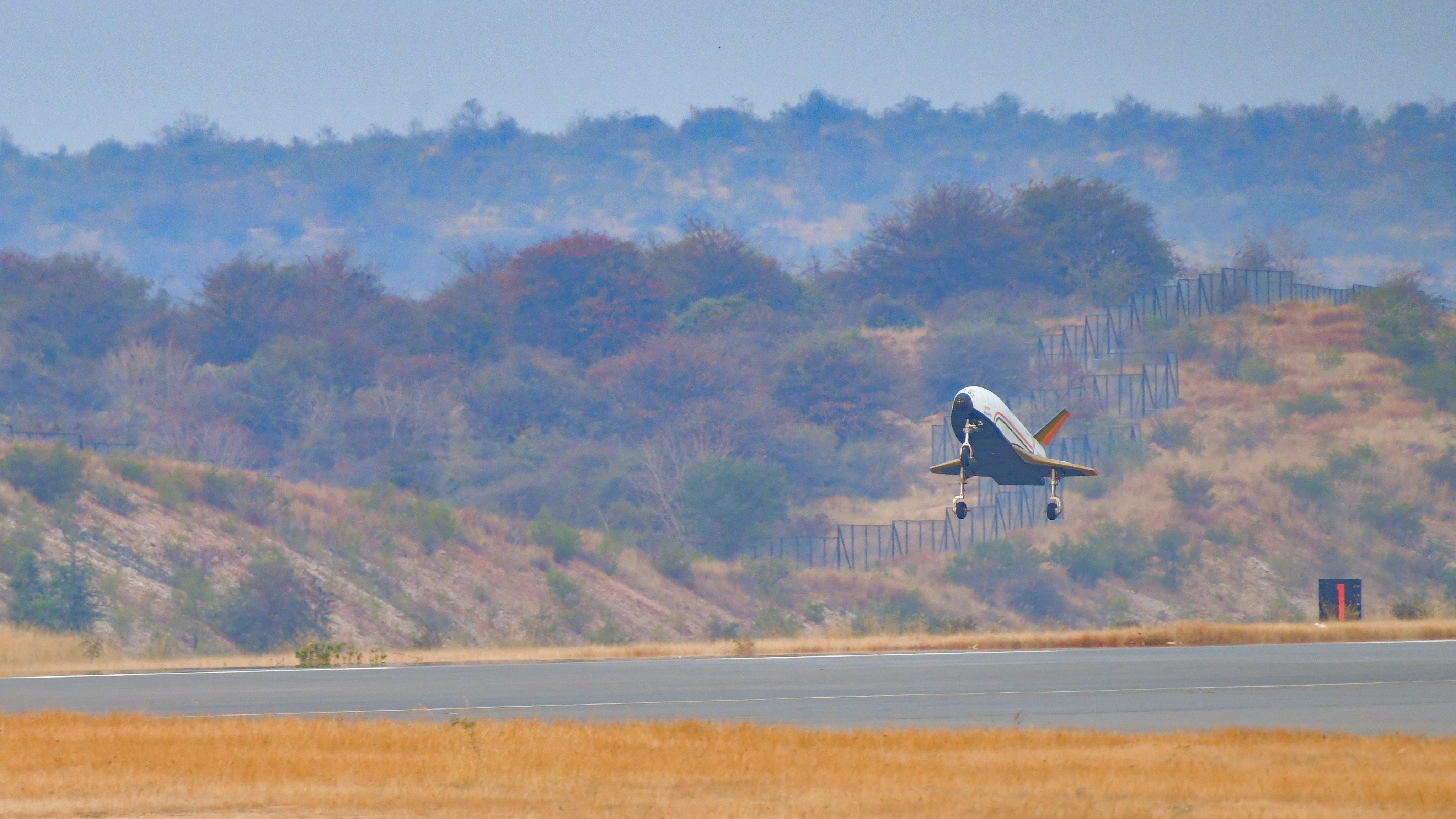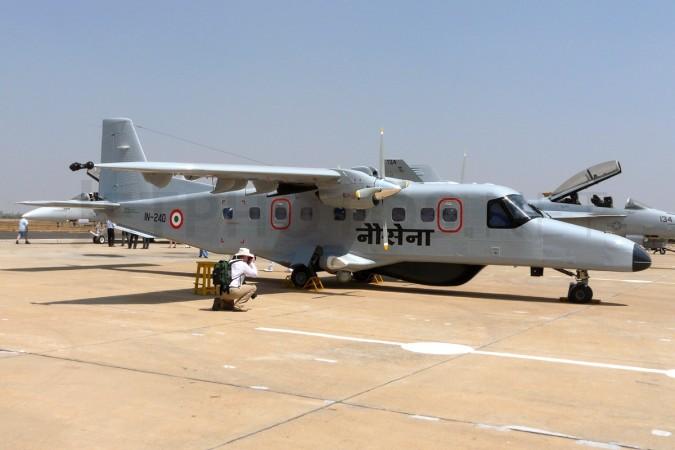SOURCE: AFI

Diving Support Vessel, the first warship built by Hindustan Shipyard Limited (HSL) for Indian Navy since 1993 was sent to sea for trials on 27th May early morning, The Ship returned to HSL Jetty late hours on 27th May. The ship has successfully completed maiden sea trials with no major defect, marking a pivotal achievement for Hindustan Shipyard Ltd (HSL).
This milestone is particularly noteworthy as it represents HSL’s first warship construction for the Navy in three decades, the last being INS Sujatha built in year 1993 with Korean assistance.
Continue readingSOURCE: AFI

Garden Reach Shipbuilders & Engineers (GRSE) has successfully completed the refit of the Seychelles Coast Guard (SCG) patrol vessel, PS Zoroaster, a remarkable 30 days ahead of schedule.
The PS Zoroaster is a multipurpose vessel designed for a variety of missions, including patrolling, anti-smuggling, anti-poaching, and search and rescue (SAR) operations. With an endurance of over 1500 nautical miles and a main armament of a 40/60 gun, the vessel is a powerful and fuel-efficient asset for the SCG.
Continue readingSOURCE: RAUNAK KUNDE / NEWS BEAT / IDRW.ORG

The United Kingdom has reignited its efforts to bring India on board as a partner in the development of the sixth-generation Tempest fighter jet program. This comes after earlier attempts in 2019. Currently, the UK collaborates with Italy and Japan on the ambitious project, with a target first flight by 2035.
According to sources at idrw.org, both Italy and Japan have expressed a strong desire for India’s participation. Their inclusion is seen as a way to significantly reduce the program’s estimated cost of $32.5 billion.
Continue readingSOURCE: RAUNAK KUNDE / NEWS BEAT / IDRW.ORG

The Indian Air Force (IAF) is hopeful for a breakthrough in the long-delayed Medium Multi-Role Fighter Aircraft (MMRCA) program, also known as MRFA. The proposal, seeking 114 fighter jets, has been in motion since 2018. IAF officials are pushing for a fast-track approach with the issuance of Acceptance of Necessity (AoN) and financial backing later this year.
However, an IAF source, speaking anonymously to idrw.org, expressed concern about the government’s delays. The source emphasized the criticality of acquiring new aircraft to address the IAF’s fighter jet shortfall.
Continue readingSOURCE: RAUNAK KUNDE / NEWS BEAT / IDRW.ORG

The Indian Air Force (IAF) and the Indian Army are increasingly turning their attention towards acquiring Medium Altitude Long Endurance (MALE) UAV air-launched loitering munitions from private sector companies within India. These cutting-edge munitions, currently under rigorous testing and development, promise to significantly enhance the operational capabilities of India’s armed forces.
Loitering munitions often referred to as “kamikaze drones” or “suicide drones,” are a hybrid between a missile and a UAV. They are designed to loiter in the airspace around a target area for an extended period, identify high-value targets, and then attack with precision. The canister air-launched versions of these munitions are notable for their innovative deployment method and operational flexibility.
Continue readingSOURCE: AFI

The war in Ukraine has highlighted a critical gap in India’s air defense capabilities: the lack of robust decoy systems. Decoy technology is essential for misleading and confusing enemy air defenses, giving Indian forces a significant advantage in potential conflicts.
Decoys come in various forms, mimicking real aircraft and missiles. When deployed strategically, they can deceive enemy radars, causing them to waste ammunition and defensive efforts on these false targets. This creates a window for real Indian airstrikes to proceed undetected and deliver maximum impact.
Continue readingSOURCE: AFI

The indigenously developed Light Combat Aircraft (LCA) Tejas, in its LA-2018 LSP (Limited Serial Production) variant, was recently spotted taking off from INS Hansa base in Goa. The aircraft’s Automatic Dependent Surveillance-Broadcast (ADS-B) transponder was active, indicating a planned calibration sortie.
This mission, most likely, was a crucial step in evaluating and testing the LA-2018’s onboard sensors. Calibration sorties are essential for ensuring the accuracy and functionality of various sensors, including radar, Electronic Warfare (EW) suite, and other mission-critical systems.
Continue readingSOURCE: AFI

The Indian Space Research Organisation (ISRO) is setting its sights on the next chapter in its Reusable Launch Vehicle (RLV) technology development program with the upcoming LEX-3 mission. Scheduled for next month, LEX-3 will mark a significant step forward by incorporating more sensors and potentially even a payload onto the scaled RLV model.
This mission builds upon the successes of the previous RLV-LEX flights. RLV-LEX-01, accomplished last year, laid the groundwork for further development. RLV-LEX-02 then focused on refining the autonomous landing capability, particularly under challenging conditions. The test vehicle, named Pushpak, was released from an Indian Air Force Chinook helicopter at an altitude of 4.5 km. Simulating a launch scenario, Pushpak was released 4 km away from the designated runway. Despite these dispersions, the vehicle autonomously performed cross-range corrections and landed precisely on the runway using its onboard systems.
Continue readingSOURCE: AFI

In a startling revelation, Prime Minister Sheikh Hasina of Bangladesh has alleged an ongoing plot to carve out a Christian state, akin to East Timor, from parts of Bangladesh and Myanmar.
During a public address yesterday, Prime Minister Hasina stated that she had been offered a “hassle-free reelection” in the upcoming January 7 polls if she permitted a foreign country to establish an airbase within Bangladesh’s territory. She refrained from naming the country involved in this purported offer, but the implications of her statement point towards substantial foreign interference in Bangladesh’s sovereignty.
Continue readingSOURCE: IDRW.ORG.

India’s defense research agency, the Defence Research and Development Organisation (DRDO), is making strides in aerial surveillance with the development of a high-resolution radar for Dornier-228 aircraft manufactured by Hindustan Aeronautics Limited (HAL) under license.
This X-band Synthetic Aperture Radar (SAR) utilizes microwave technology to deliver real-time intelligence to decision-makers. Its all-weather and day-night operation capabilities make it a valuable asset for various missions.
Continue readingSOURCE: IDRW.ORG.

The Indian Army has developed a resourceful and innovative solution to enhance its anti-tank capabilities. They have modified a tractor to serve as a mobile launcher for Konkurs-M anti-tank guided missiles (ATGMs). This ‘Jugad’ (Hindi for ingenious improvisation) creation, named the Improvised Tractor Mounted ATGM, can carry four ATGMs for quick reloading, with one launcher mounted on the tractor itself.
The Konkurs-M missile is a second-generation, mechanized infantry weapon designed to take down armored vehicles, including those equipped with explosive reactive armor. Offering versatility, it can be launched from both BMP-II tanks and ground launchers. With a range of 75 to 4,000 meters and a flight time of 19 seconds, the Konkurs-M provides a significant advantage in engaging enemy armor.
Continue readingSOURCE: AFI

India has marked another significant milestone in its burgeoning space industry with the commercialization of the LVM3 (Launch Vehicle Mark-3). This strategic move, according to experts, represents a critical step forward for India’s space capabilities at an opportune moment, potentially transforming the nation into a key player in the global space market.
The LVM3, also known as GSLV Mk III (Geosynchronous Satellite Launch Vehicle Mark III), is India’s heaviest and most powerful rocket. Developed by the Indian Space Research Organisation (ISRO), the LVM3 is capable of carrying heavy payloads to geostationary transfer orbit (GTO) and low Earth orbit (LEO). It has been instrumental in launching significant missions, including the Chandrayaan-2 lunar mission.
Continue readingSOURCE: IDRW.ORG.

The Indian Air Force (IAF) received a significant boost with the swift delivery of 15 RD33 series engines by Hindustan Aeronautics Limited (HAL) within a month of signing the contract. This rapid turnaround underscores the priority placed on upgrading the IAF’s MiG-29 fleet.
The Rs 5300 crore contract marks a major step towards modernizing the IAF’s fighter jets. The RD33 engines are expected to significantly enhance the performance and lifespan of the MiG-29UPG aircraft, bolstering India’s air defense capabilities.
Continue readingSOURCE: AFI
)
India’s military is taking a significant step towards greater integration with the deployment of senior officers to newly formed theater commands. These commands will see Brigadiers from the Army, Commodores from the Navy, and equivalent Air Force officers working together under a single commander for a specific geographic area.
The initial commands established focus on key border regions. Jaipur will handle Pakistan-centric issues, Lucknow will be China-centric, and Visakhapatnam will be a navy-centric command. This structure allows for a more unified response to threats on each border.
Continue readingSOURCE: AFI

Indian government, defense, and aerospace sectors have come under fire from a hacker group with suspected links to Pakistan. The attackers deployed a combination of malware written in Python, Golang, and Rust in a series of cyberattacks spanning from late 2023 to April 2024, according to a technical report published by the BlackBerry Research and Intelligence Team earlier this week.
This hacking campaign, dubbed “Transparent Tribe” by cybersecurity researchers, targeted critical Indian infrastructure.
Continue reading